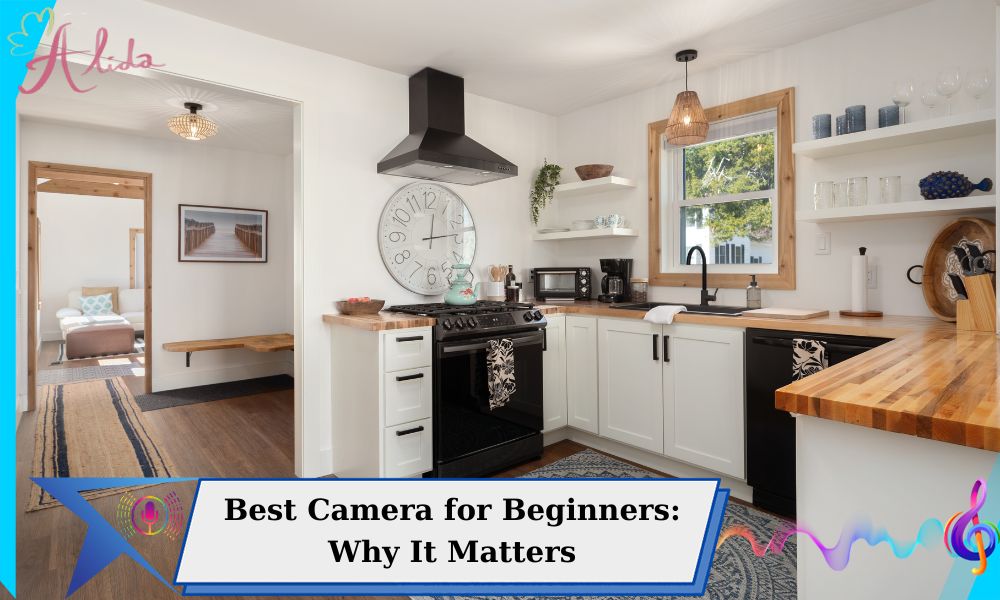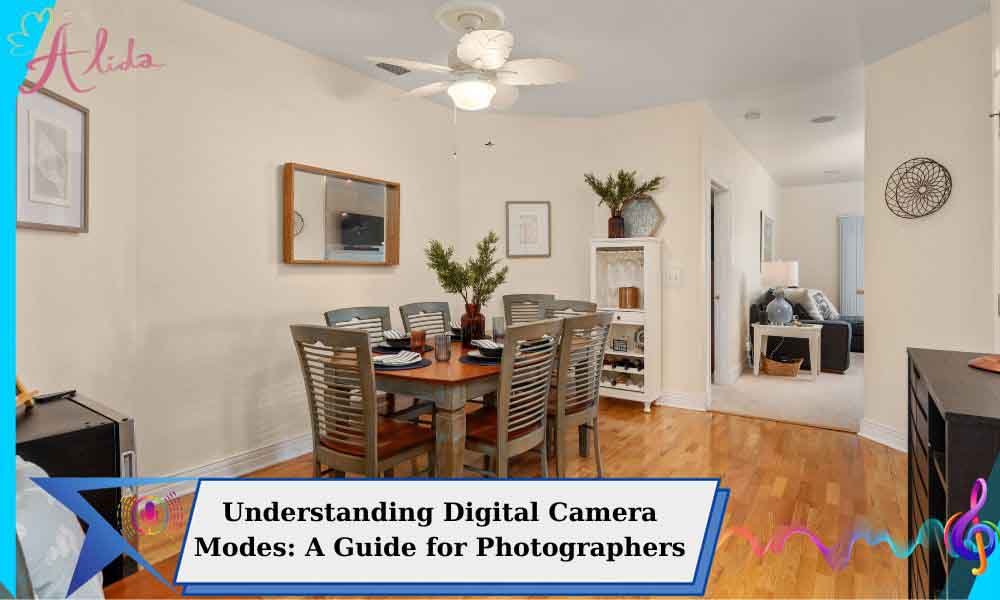Digital cameras offer various modes that can help photographers capture images more effectively, depending on the situation. Understanding these modes is essential for controlling exposure settings like shutter speed, aperture, and ISO, allowing for better image quality and creativity in your photography. Whether you’re a beginner or an experienced photographer, mastering these modes is key to unlocking the full potential of your camera.
Why Understanding Digital Camera Modes Matters?
When you understand how digital camera modes work, you gain greater control over your camera’s settings. This knowledge can be crucial for situations where lighting conditions change rapidly, or when you need to react quickly to a subject’s movement. Camera modes allow you to adjust the exposure settings for optimal image quality, giving you more flexibility and artistic freedom.
Overview of How Modes Affect Exposure Settings
Exposure is a critical element in photography, determined by three main factors: shutter speed, aperture, and ISO. These factors control the amount of light that hits the camera sensor and influence how the final image looks. Here’s how each of them works:
- Shutter Speed: Controls how long the camera’s shutter remains open, affecting motion blur and light exposure.
- Aperture: Dictates how wide the lens opens, affecting depth of field and light intake.
- ISO: Determines the sensor’s sensitivity to light, balancing exposure in low-light situations.
By choosing the right mode, you can manipulate these settings to capture the perfect image.
Understanding Digital Camera Modes
Digital cameras generally feature a range of modes that simplify the photography process. Understanding each mode is essential for maximizing your control over the camera’s settings.
PSAM Dial: What It Is and Its Role in Photography
The PSAM dial (Program, Shutter Priority, Aperture Priority, and Manual) is typically found on advanced digital cameras. It allows photographers to easily switch between different shooting modes to suit their needs:
- Program (P) mode lets the camera automatically adjust both aperture and shutter speed while you control other settings.
- Shutter Priority (Tv/S) mode gives you control over shutter speed while the camera automatically adjusts aperture.
- Aperture Priority (Av/A) mode allows you to set the aperture and the camera adjusts the shutter speed accordingly.
- Manual (M) mode offers full control over both aperture and shutter speed, providing the most creative freedom.
Evolution of Camera Modes
Camera modes have evolved significantly over the years. Older models had more limited settings, with only basic adjustments for exposure and focus. With the advancement of digital photography, modern cameras now offer more sophisticated modes that make it easier for photographers to capture high-quality images under various conditions.
Types of Camera Modes
Now let’s take a closer look at the most common camera modes and their specific use cases:
Program Mode (P): Features and Use Cases
In Program Mode (P), the camera selects the optimal combination of shutter speed and aperture based on the current lighting conditions. It’s great for beginners who want to get decent results without manual adjustments. It’s also useful when you need to focus on framing and composition rather than technical settings.
Shutter Priority Mode (Tv/S): How It Controls Motion
Shutter Priority Mode (Tv/S) allows you to control the shutter speed, which is ideal when you need to capture fast-moving subjects or create motion blur effects. A fast shutter speed (e.g., 1/1000) is used for freezing motion, while a slow shutter speed (e.g., 1/30) creates a blurred effect, conveying movement.
Aperture Priority Mode (Av/A): Importance for Depth of Field
In Aperture Priority Mode (Av/A), you select the aperture, and the camera automatically adjusts the shutter speed for proper exposure. This mode is ideal for adjusting the depth of field in your shots. A large aperture (small f-number) creates a shallow depth of field, blurring the background and emphasizing the subject, while a small aperture (large f-number) ensures more of the scene is in focus.
Manual Mode (M): Full Control and Ideal Scenarios
Manual Mode (M) gives you full control over both shutter speed and aperture. This mode is best for experienced photographers who want complete creative freedom, allowing them to adjust settings for specific lighting situations or achieve a desired visual effect. Manual mode is particularly useful in low light, studio photography, or when shooting in complex environments.
Choosing the Right Mode
Each mode has its own strengths and ideal scenarios. Here’s a brief guide to when to use each one:
- Program Mode (P): Ideal for everyday photography when you don’t have time to adjust settings.
- Shutter Priority (Tv/S): Use for capturing fast-moving subjects or when you want to control motion.
- Aperture Priority (Av/A): Great for portraits or landscapes, where depth of field is important.
- Manual Mode (M): Perfect for studio setups, long exposures, or when you need to fine-tune all settings.
Conclusion
Mastering digital camera modes is essential for improving your photography skills. Each mode offers different levels of control, allowing you to adapt to various shooting situations. By understanding the roles of shutter speed, aperture, and ISO, you can choose the right mode to create stunning images every time. Whether you’re capturing fast-moving action or beautiful portraits, knowing when and how to use these modes will elevate your photography.
For professional real estate photo editing services, contact Alida for high-quality results. Reach out via email at photonews121@gmail.com for more information.








